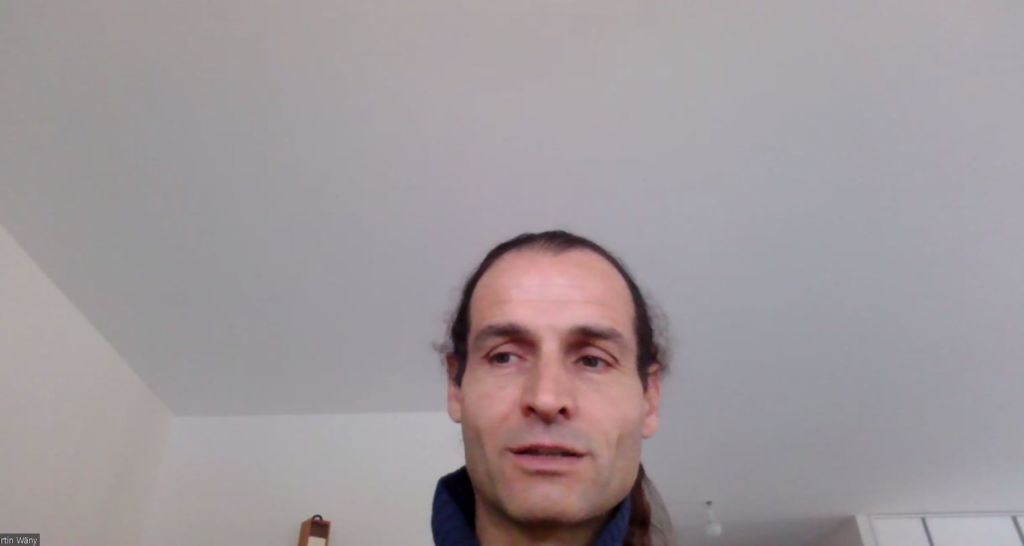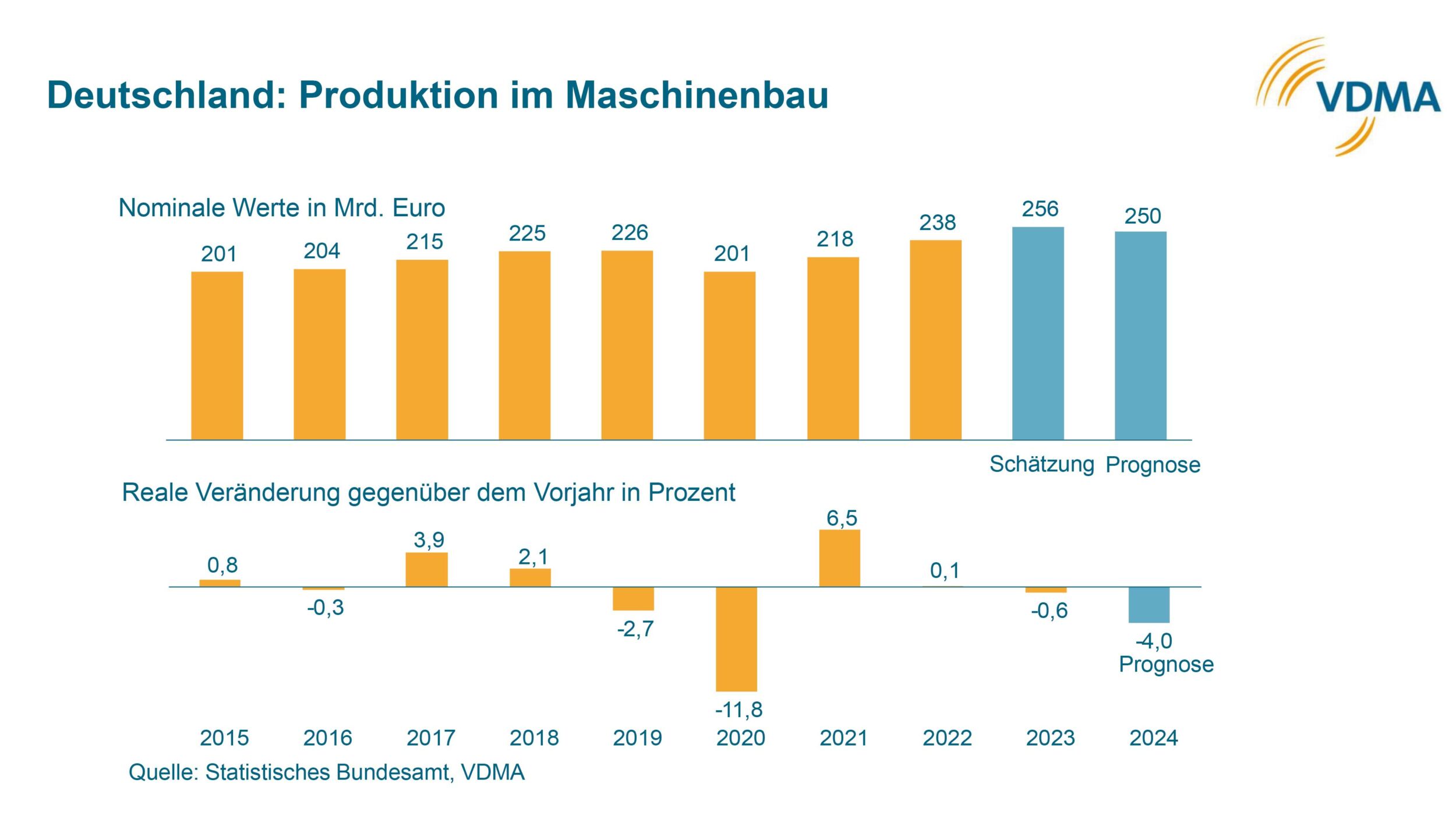
Changing the topic: In the future, if I need a special image sensor, am I going to buy it off the shelf or will I have to develop it by myself or by a company?
Wäny: Well, if you can buy it off the shelf, it’s not that special anymore. So indeed our business is to develop these special image sensors that people have applications for, which justify having some specific developments. So there are attractive ways to do really special sensors. One sensor for one application has always been a part of what is driving technology. Especially if we think about such things as combining AI with the sensor. I think we do need these very large applications which are quite specific but can afford the specific developments. So there will always be custom-made sensors that target one application. Of course, sometimes from those developments you will have technology trickling down into standard sensors and to a wider market.
Hector: This is of course from the viewpoint of a market leader and takes us back to our earlier discussion about customization. If you can make the step to invest in a custom sensor, then you will be able to make a real differentiation for your application, your product, on your market.
How small can pixel sizes still get and which sensor formats can be expected in the future?
Wuyts: Of course mobile phones prove that pixel sizes around one m are possible. Global shutter pixels will probably shrink down as well. But the first question, if you have those discussions today, is typically if there are optics available at a viable pricing rather than is it technically possible. Again, you need to look at what you are gaining from a total system perspective.
Hector: In reality, reducing the size of the pixel was more about reducing the size of the silicon. So the smallest was the cheapest and it has been true for 20 years. But now the issue is: If your pixel is too small, the issue lays in optics. The savings you got on the silicon, you will lose them on the surrounding system.












